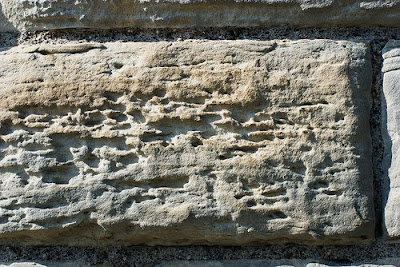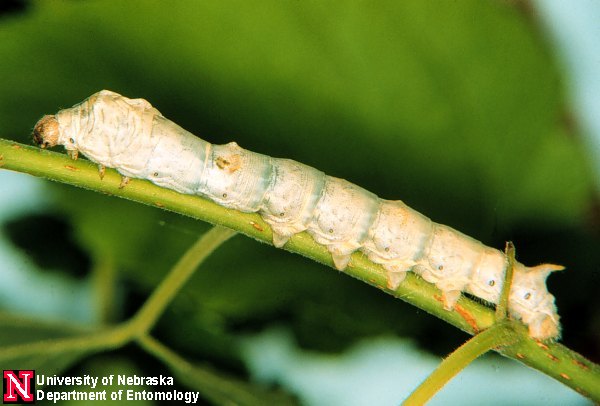
Wednesday, March 25, 2009
Monday, March 23, 2009
Wednesday, March 18, 2009
Sunday, March 15, 2009
Traveling
Wednesday, March 11, 2009
non linear thinking
 An arenophile (also called psammophile) is one who collects sand samples, the interest of the hobby lying in the variety of texture, colour, mineralogy and location.
An arenophile (also called psammophile) is one who collects sand samples, the interest of the hobby lying in the variety of texture, colour, mineralogy and location.
This hobby may include sand deposited on coastlines throughout the world.
Tuesday, March 10, 2009
Monday, March 9, 2009
today
 In class we had a mini tutorial with the photoshop program. We cropped and sharpened the brightness of our images and put them on 11" x 17".
In class we had a mini tutorial with the photoshop program. We cropped and sharpened the brightness of our images and put them on 11" x 17".> if you are thinking about it; it's a part of the process
Researching sand:
*a naturally ocurring granular material composed of finely divided rock and mineral particles
*the study of individual grains can reveal much historical information as to the origin and transport of the grain
Wednesday, March 4, 2009
Researching -ing words
texturing
Definition:
charactertistics of a surface
Synonyms:
arrangement, balance, being, character, coarseness, composition, consistency, feel, flexibility, form, framework, grain, organization, pattern, quality, roughness, structure, surface
interlocking
Definition:
-fit together closely: to fit things together closely, especially by means of parts that mesh, hook, or dovetail, or be fitted together in this wayv
Synonyms:
mesh, meshing, engagement, interlacing, interlinking, interwoven
trailing
Definitions:
To follow behind, To extend, grow, or droop loosely over a surface, A marked or beaten path, as through woods or wilderness, A term used to describe the most recent time period
Note:
Most often you will hear the term 'trailing twelve months', and, from time to time, 'trailing three months' or 'trailing six months'.
Synonyms:
behind, crawling, creeping, dawdling, falling behind, lagging
swirling
Definition:
To move with a twisting or whirling motion, To be arranged in a spiral, whorl, or twist, To cause to move with a twisting or whirling motion, To form into or arrange in a spiral, whorl, or twist
Synonyms:
coil, curl, eddy, purl, roil, roll, snake, surge, swoosh, twirl, whirl, whirlpool, whorl, wriggle
scratching
Definitions:
To scrape or strike on an abrasive surface, To write or draw (something) by scraping a surface, A mark resembling a line that is produced by scratching
Synonyms:
abrasive, attritive, erosive, rasping, raspy, rough,
crossing
Definition:
a place where lines, streets, tracks, etc., cross each other
Synonyms:
bridge, cloverleaf, crossroad, crosswalk, crossway, grating, interchange, intersection, junction, loop, network, overpass, passage
layering
Definitons:
A single thickness of a material covering a surface or forming an overlying part or segment, A usually horizontal deposit or expanse; a stratum
Synonyms:
cover, covering, film, lamination, overlap, overlay, ply, row, sheet, slab, story, stratum
Definition:
charactertistics of a surface
Synonyms:
arrangement, balance, being, character, coarseness, composition, consistency, feel, flexibility, form, framework, grain, organization, pattern, quality, roughness, structure, surface
interlocking
Definition:
-fit together closely: to fit things together closely, especially by means of parts that mesh, hook, or dovetail, or be fitted together in this wayv
Synonyms:
mesh, meshing, engagement, interlacing, interlinking, interwoven
trailing
Definitions:
To follow behind, To extend, grow, or droop loosely over a surface, A marked or beaten path, as through woods or wilderness, A term used to describe the most recent time period
Note:
Most often you will hear the term 'trailing twelve months', and, from time to time, 'trailing three months' or 'trailing six months'.
Synonyms:
behind, crawling, creeping, dawdling, falling behind, lagging
swirling
Definition:
To move with a twisting or whirling motion, To be arranged in a spiral, whorl, or twist, To cause to move with a twisting or whirling motion, To form into or arrange in a spiral, whorl, or twist
Synonyms:
coil, curl, eddy, purl, roil, roll, snake, surge, swoosh, twirl, whirl, whirlpool, whorl, wriggle
scratching
Definitions:
To scrape or strike on an abrasive surface, To write or draw (something) by scraping a surface, A mark resembling a line that is produced by scratching
Synonyms:
abrasive, attritive, erosive, rasping, raspy, rough,
crossing
Definition:
a place where lines, streets, tracks, etc., cross each other
Synonyms:
bridge, cloverleaf, crossroad, crosswalk, crossway, grating, interchange, intersection, junction, loop, network, overpass, passage
layering
Definitons:
A single thickness of a material covering a surface or forming an overlying part or segment, A usually horizontal deposit or expanse; a stratum
Synonyms:
cover, covering, film, lamination, overlap, overlay, ply, row, sheet, slab, story, stratum
monday 3/2
The lines I've drawn have a different feeling than what I wanted. When I freehanded the swirls the line had a playful feeling. With the French curve my drawings look creepy and amoeba like.
The words I used to describe my elevation:
texture, interlocking, trailing, paths
We watched "Powers of Ten" which zoomed in and out of an image until you couldn't recognize what you were looking at anymore.
Words that describe the movie:
magnifying
moving
unrecognizable
layering
timing
surfacing
detailing
relating
focusing
observing
constructing
The words I used to describe my elevation:
texture, interlocking, trailing, paths
We watched "Powers of Ten" which zoomed in and out of an image until you couldn't recognize what you were looking at anymore.
Words that describe the movie:
magnifying
moving
unrecognizable
layering
timing
surfacing
detailing
relating
focusing
observing
constructing
"-ing" words that describe my drawings
texturing
interlocking
trailing
swirling
curling
scratching
crossing
layering
Subscribe to:
Comments (Atom)

















































